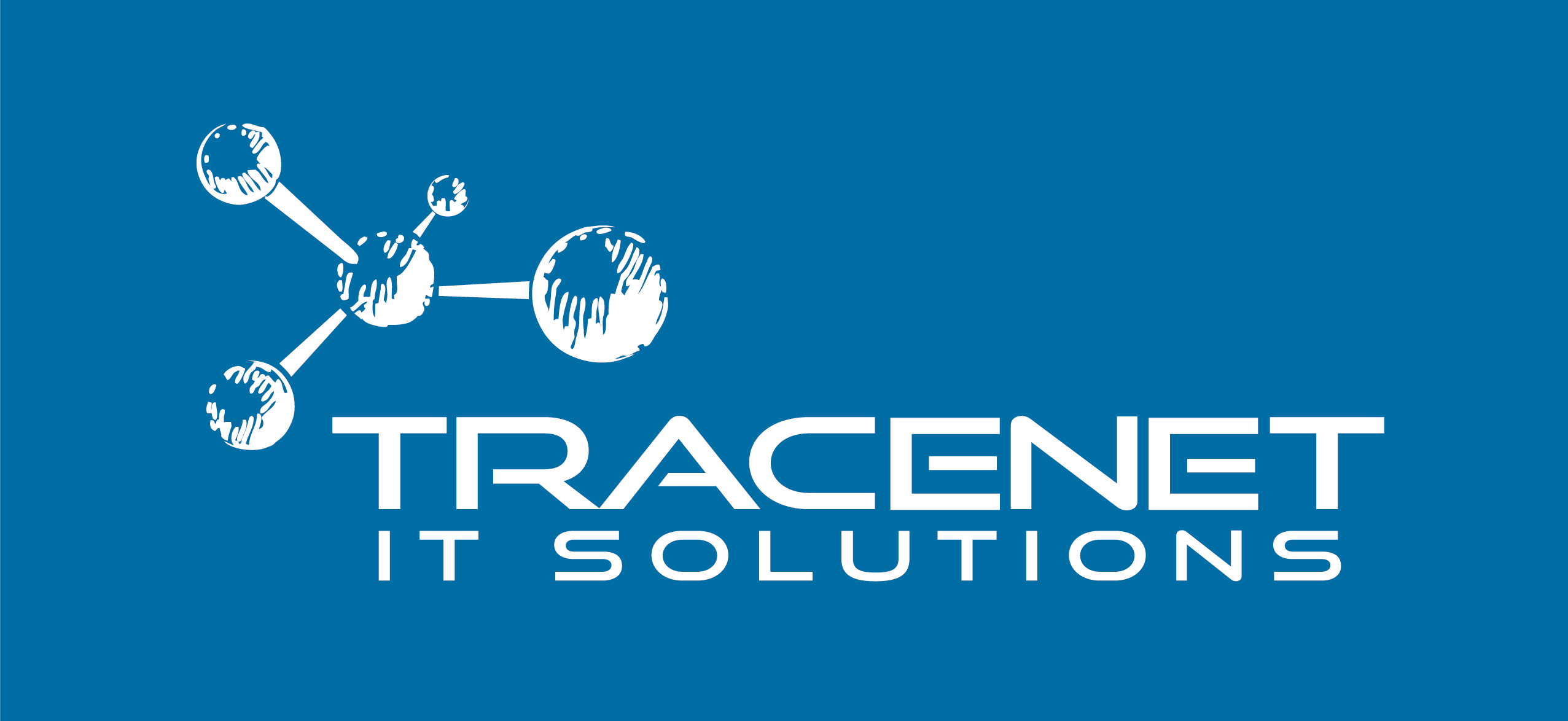Having a good internet connection in your company means greater productivity and a good user experience for both employees and customers, especially when we’re talking about businesses such as shopping malls, supermarkets, stores, among others.
Offering a stable connection should be one of the main objectives for building customer loyalty, as it acts as an attraction and a major competitive differentiator. On the other hand, when the internet is slow, it becomes a hindrance to your business transactions.
That’s why we at Tracenet have some practical tips for you to put into practice!
How to identify a slow internet connection?
Identifying a slow internet connection in a business environment can be crucial to maintaining productivity. Common signs include applications and websites that are slow to load or crash frequently.
Large file transfers that are slow are also indicative. Problems during video conferences and voice calls, such as interruptions or poor quality, can be symptoms of an insufficient connection.
In addition, difficulties with remote access to internal systems or cloud services can be caused by a slow or unstable connection. Employees who frequently report difficulties with internet speed are also a warning sign.
Monitoring bandwidth usage and seeking support from the corporate internet provider are important steps to resolving these problems quickly and ensuring that company operations are not negatively affected.
Reasons for slow internet
Poor positioning of routers and repeaters:
Poorly positioned routers can result in areas with a weak or non-existent signal, leading to connection drops and poor performance. This is especially problematic in large spaces or with physical obstacles that block the signal.
To mitigate this problem, it’s important to position devices strategically, taking obstacles and even signal distribution into account, to ensure efficient coverage and a stable connection throughout the company.
Outdated infrastructure and systems:
The use of outdated network infrastructure, including obsolete routers, switches and cables, can severely limit the speed of the internet connection in a company. Outdated operating systems and firmware can also contribute to security and performance problems.
Keeping the network infrastructure up to date not only improves connection speed and efficiency, but also helps to ensure that the company is protected against security vulnerabilities.
Excessive traffic:
A high volume of traffic on the business network can overwhelm the available bandwidth capacity, resulting in slow internet connections. This can occur during peak usage times, when many employees are accessing online resources simultaneously or carrying out activities that consume significant bandwidth, such as transferring large files.
Efficiently managing network traffic and considering bandwidth upgrades are essential measures to mitigate these concerns.
Viruses and Malware:
Virus and malware infections on devices connected to the corporate network can compromise not only security, but also the performance of the internet connection. Malware often consumes network and processing resources, causing slowdowns and interruptions in operations.
Implementing robust cybersecurity policies, including up-to-date antivirus software and proactive monitoring and remediaton measures, is key to protecting the network from these threats and maintaining adequate internet performance.
Too wide a coverage space:
A very large physical space within a company’s premises can make it difficult for the Wi-Fi signal to cover effectively, resulting in areas with a weak or unstable connection.
This can be exacerbated by thick walls, multiple floors or large open areas that require multiple access points or repeaters to ensure complete coverage.
Wi-Fi coverage expansion should be planned strategically to optimize signal distribution and avoid areas with poor connectivity, ensuring that all workspaces have reliable internet access.
What to do when these things happen?
To solve slow internet problems in your company, carrying out an active site survey is crucial. This process involves a detailed analysis of Wi-Fi coverage in all areas of the company, using specialized equipment to measure signal strength.
Based on the data collected, it is possible to identify areas with weak or non-existent coverage and strategically adjust the positioning of routers and repeaters to optimize signal distribution.
In addition to mapping coverage, the site survey also helps to identify and mitigate interference that can affect Wi-Fi quality, such as nearby electronic devices operating on the same frequency. This can include adjustments to the configuration of Wi-Fi channels or the repositioning of equipment to minimize these impacts.
Another benefit of the site survey is the opportunity to optimize the overall network configuration, adjusting the transmission power of devices and implementing roaming policies to facilitate a smooth transition between access points.
These measures not only improve coverage and connection speed, but also provide a more consistent and reliable user experience.
Investing in an active site survey and carrying out periodic updates based on the results will help solve slow internet problems effectively. Ensure robust connectivity that supports daily operations and contributes to the productivity and satisfaction of the company’s employees and customers.
Hire a Site Survey with Tracenet Solutions
We are a company specializing in consultancy, managed services, training, and integration of Information Technology and Telecommunications solutions. We have been in business in Brazil and the United States for almost 20 years. Our main objective is to guarantee our clients’ business and productivity. We work together to make your plans and projects a reality.
Do you need excellent service and qualified professionals? Simplify your operations and benefit from the latest technology by hiring our expertise.



